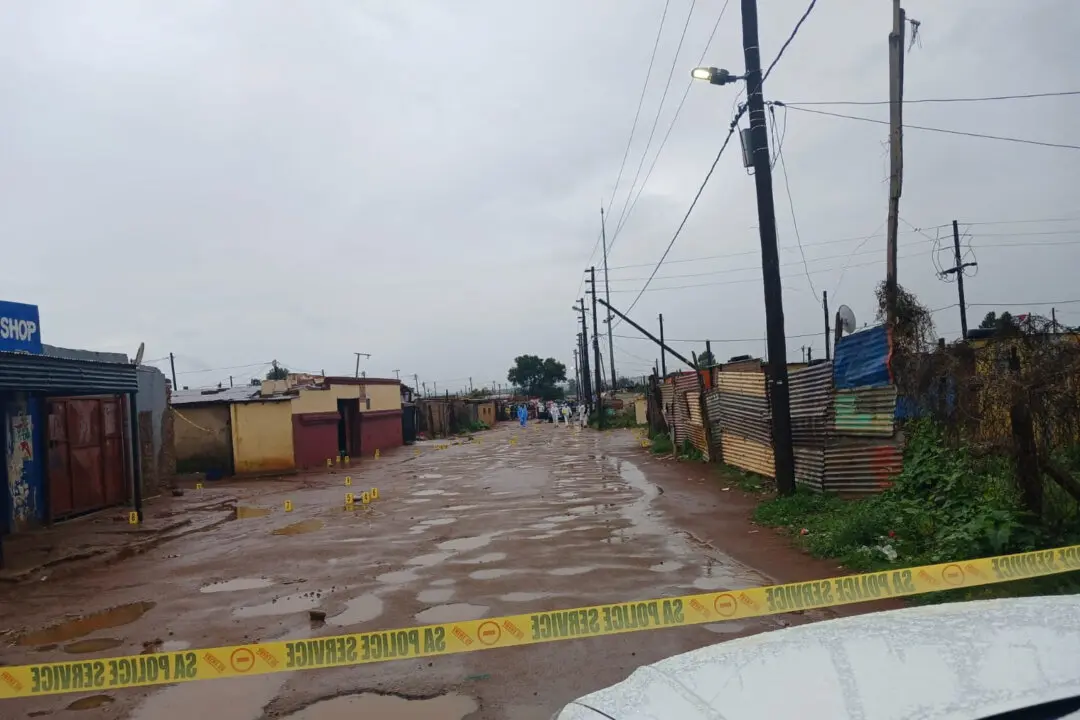HAZELTON, N.D.—As the 2018 harvest approached, North Dakota farmer Mike Appert had a problem—too many soybeans and nowhere to put them. Selling was a bad option. Prices were near decade lows as U.S. President Donald Trump’s trade war with China weighed heavily on the market. Temporary storage would only buy him a little bit of time, particularly in an area where cold weather can damage crops stored in plastic bags.
So Appert, who farms 48,000 acres (19,425 hectares), cut a check for $800,000 to build eight new permanent steel bins—that allowed him to hold onto his bumper crop and wait for prices to recover.





